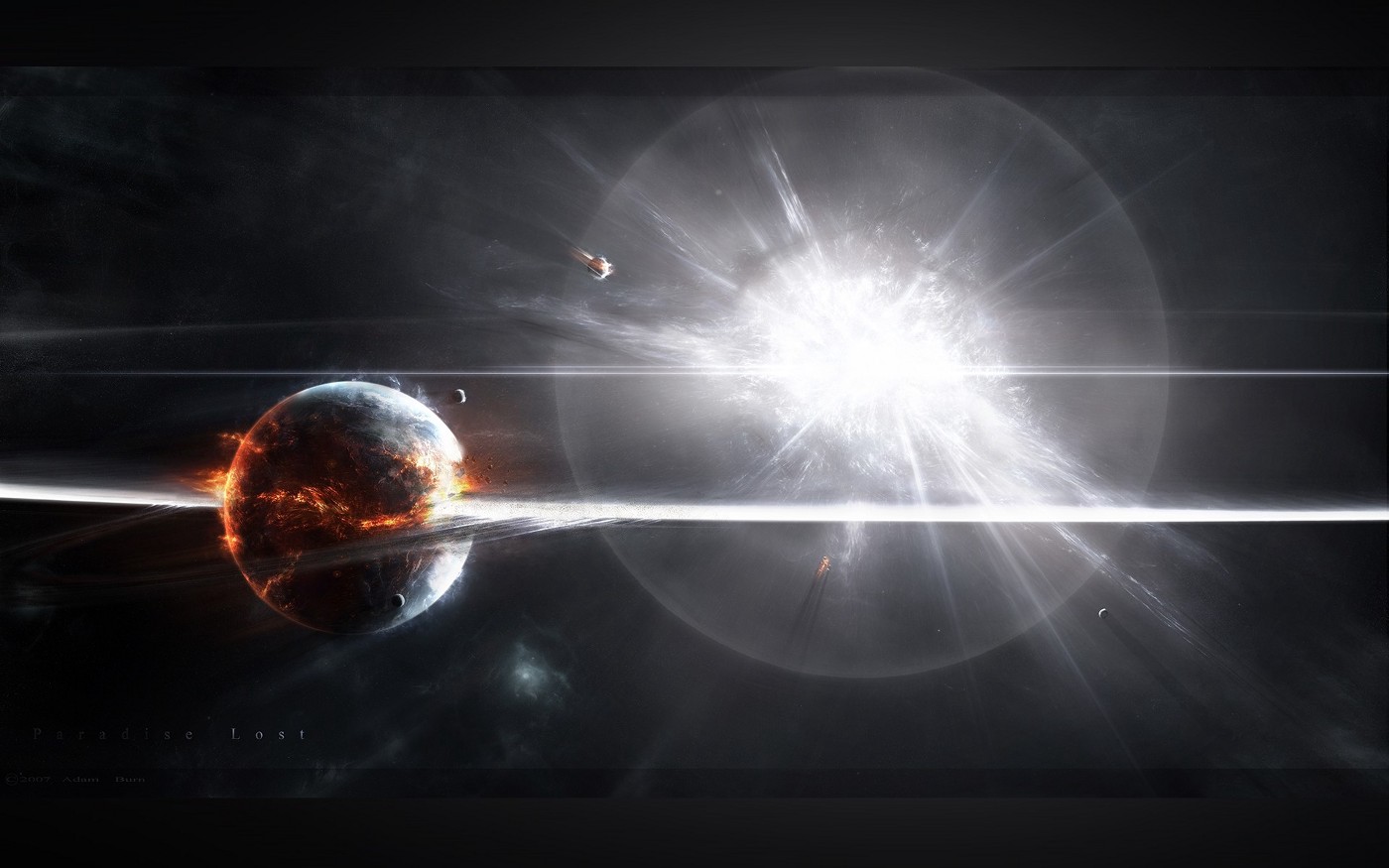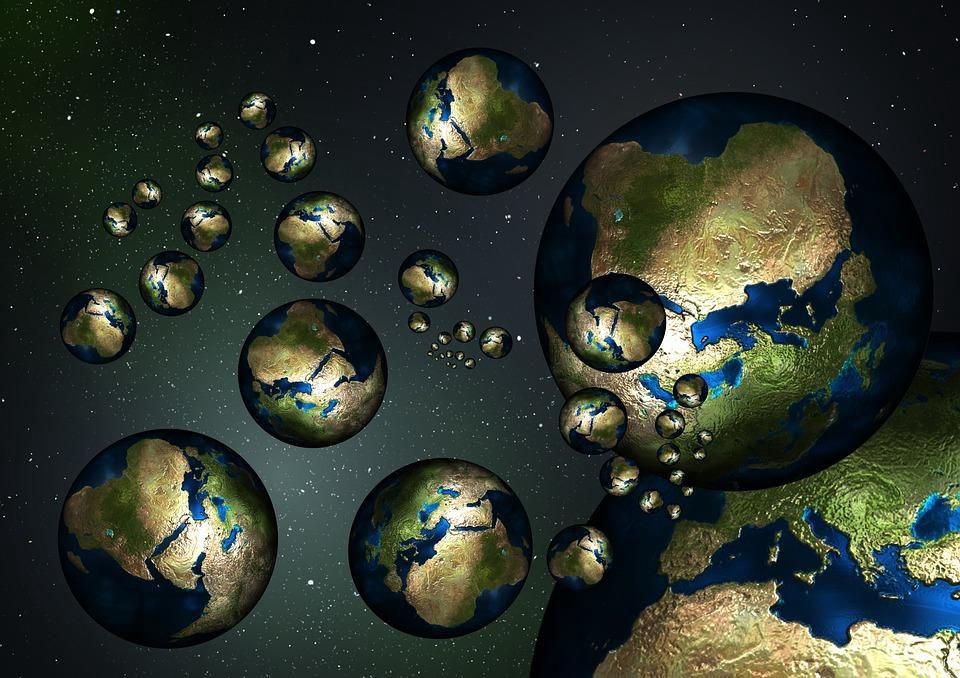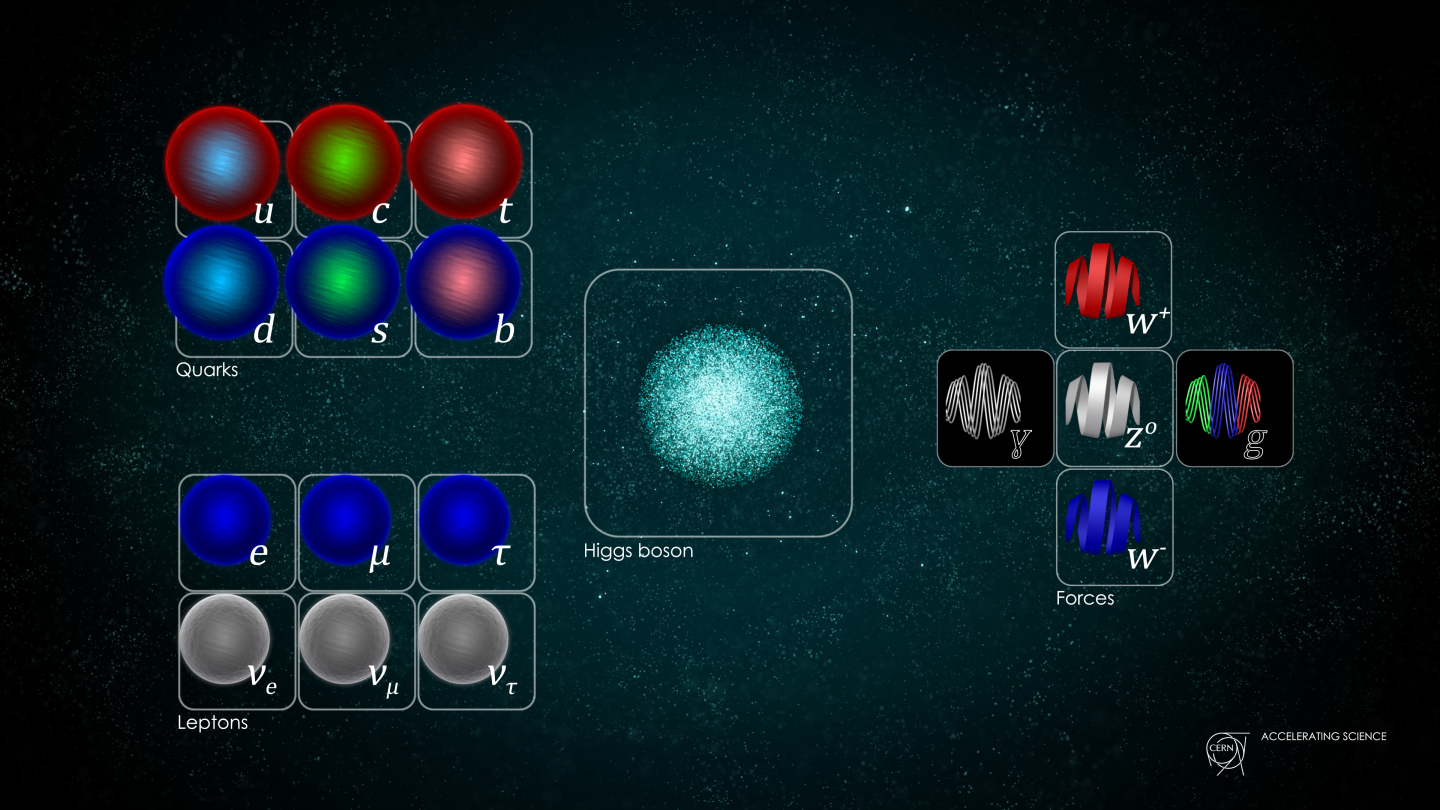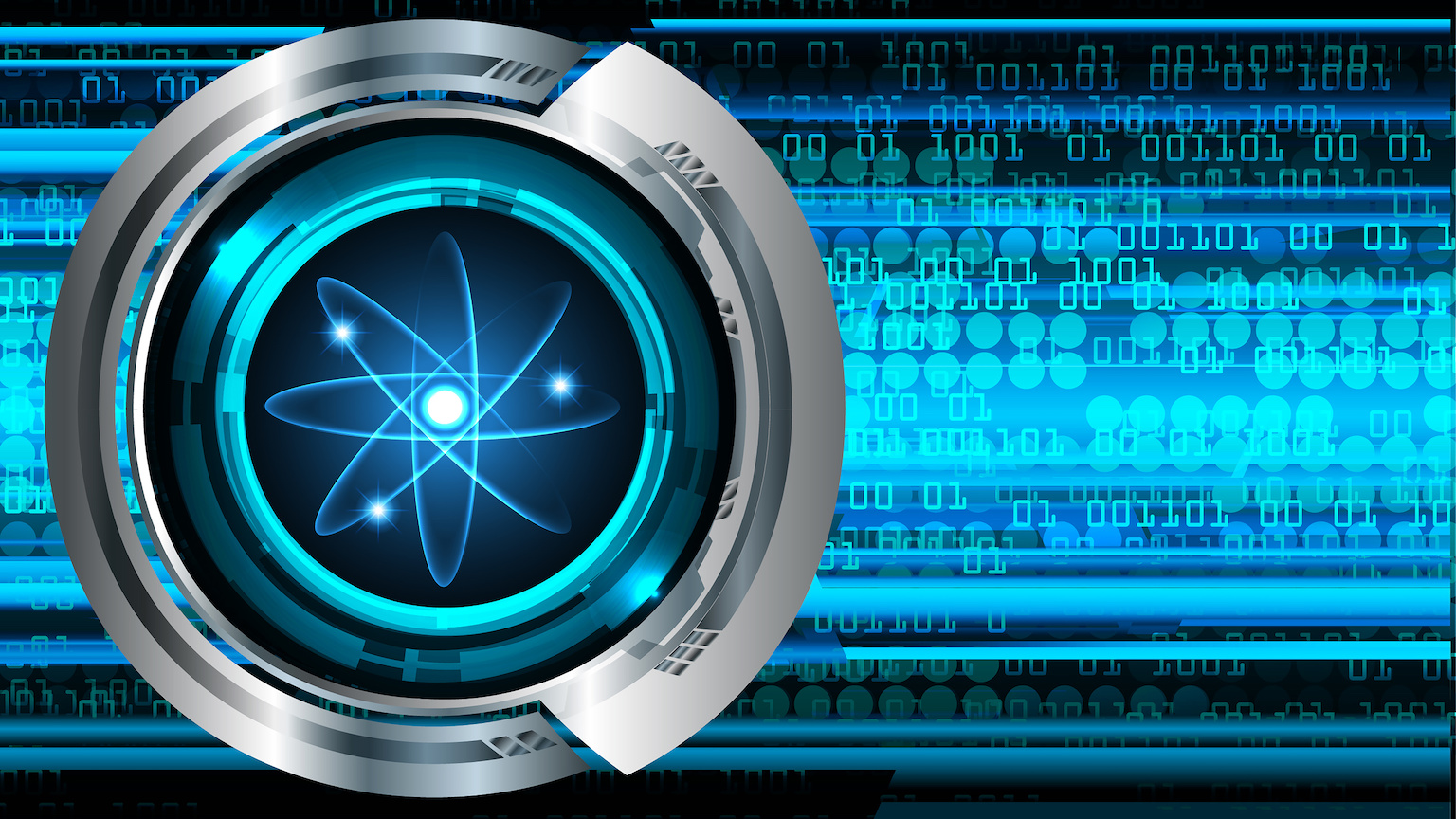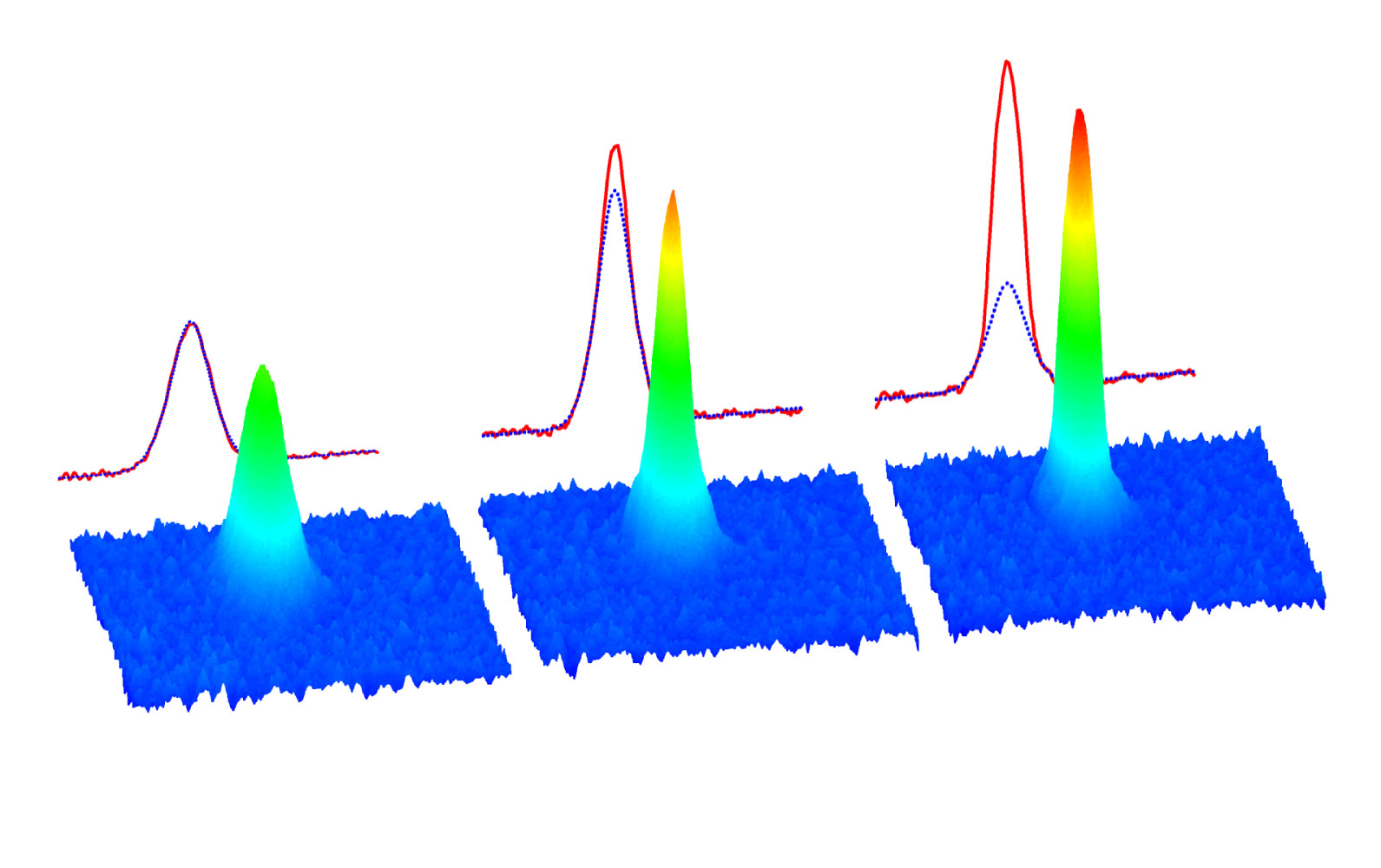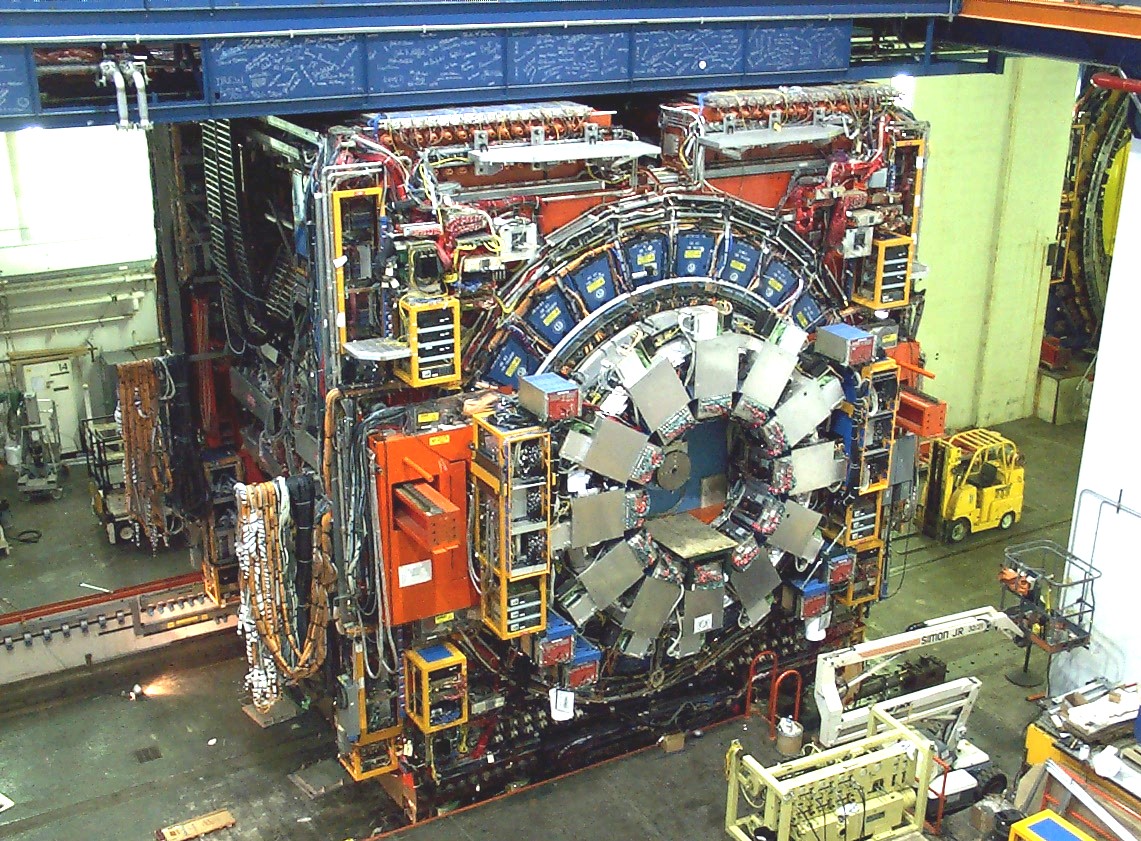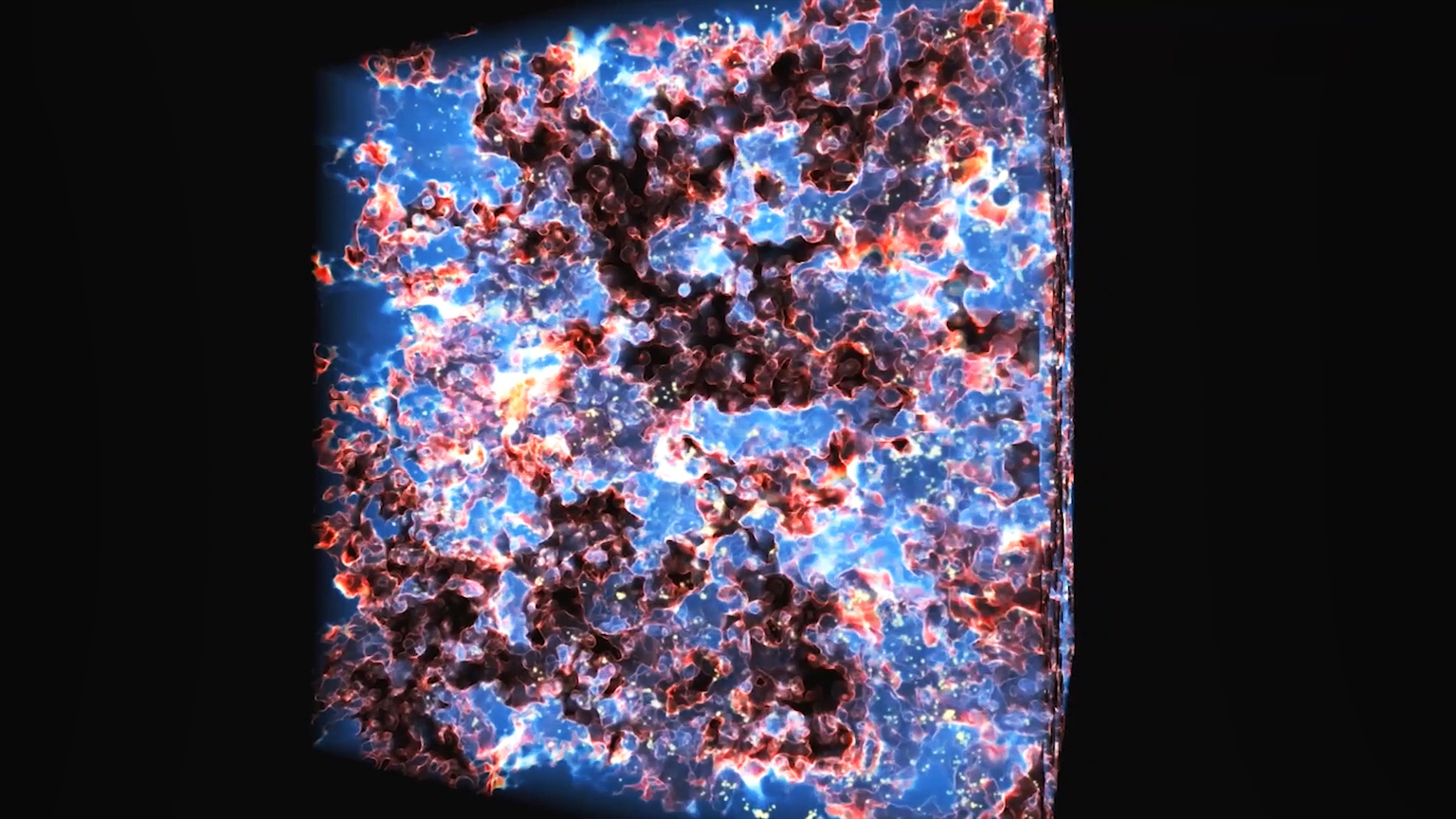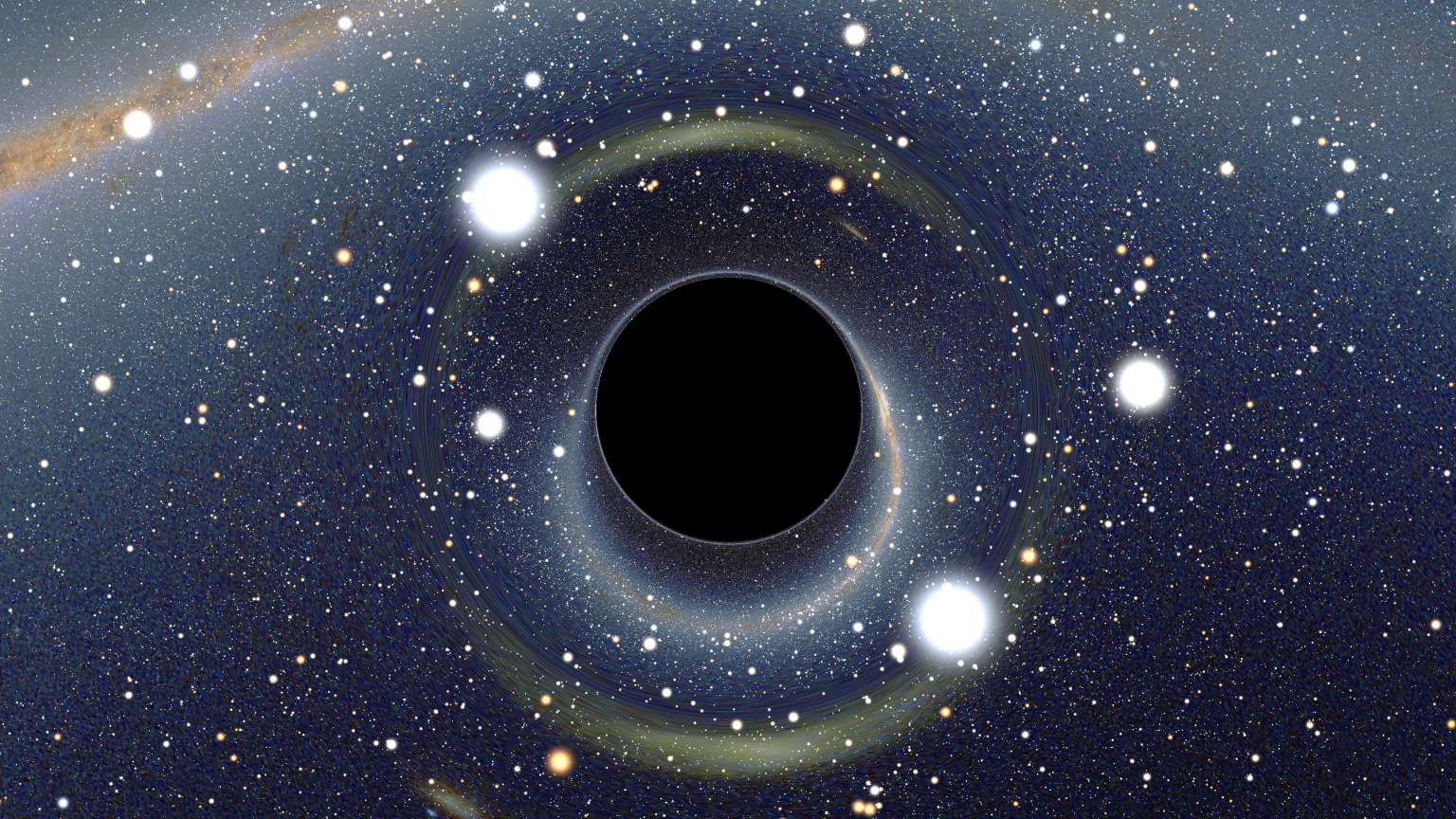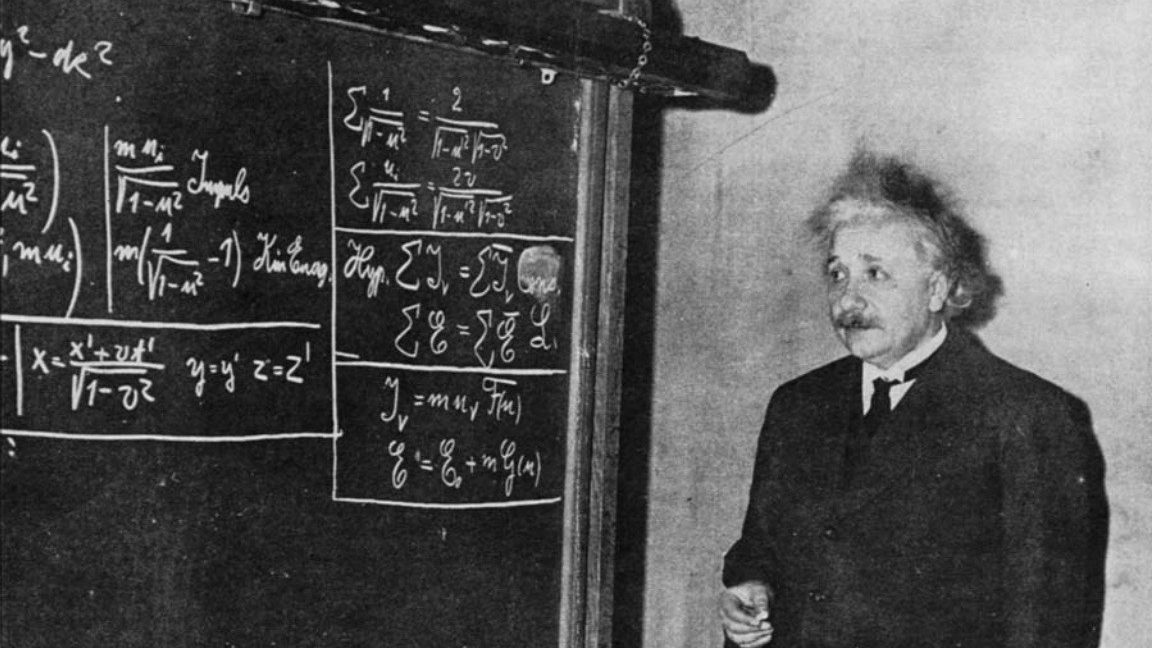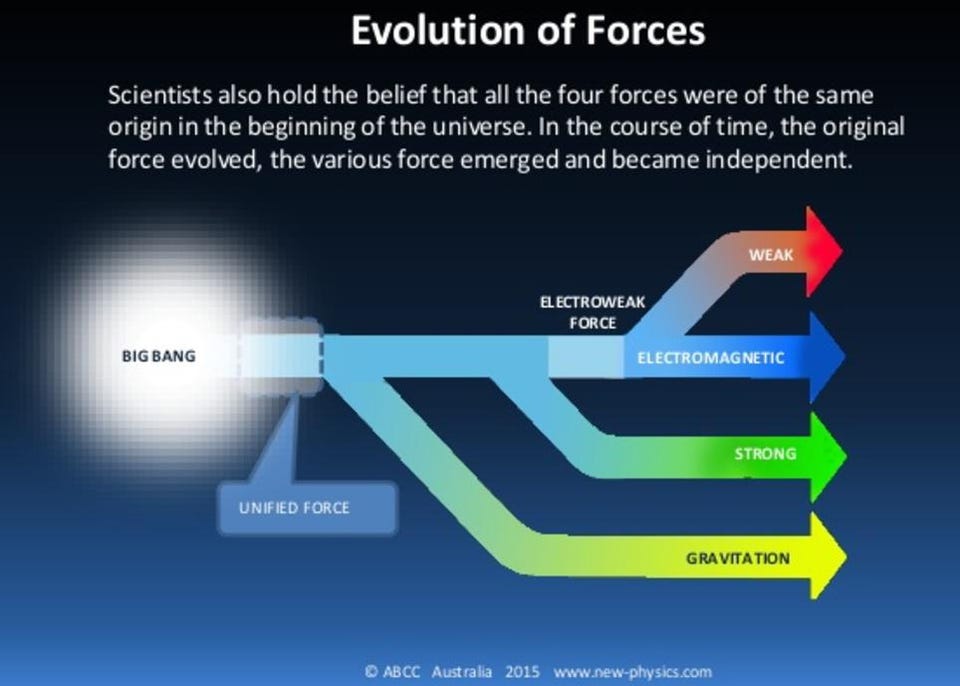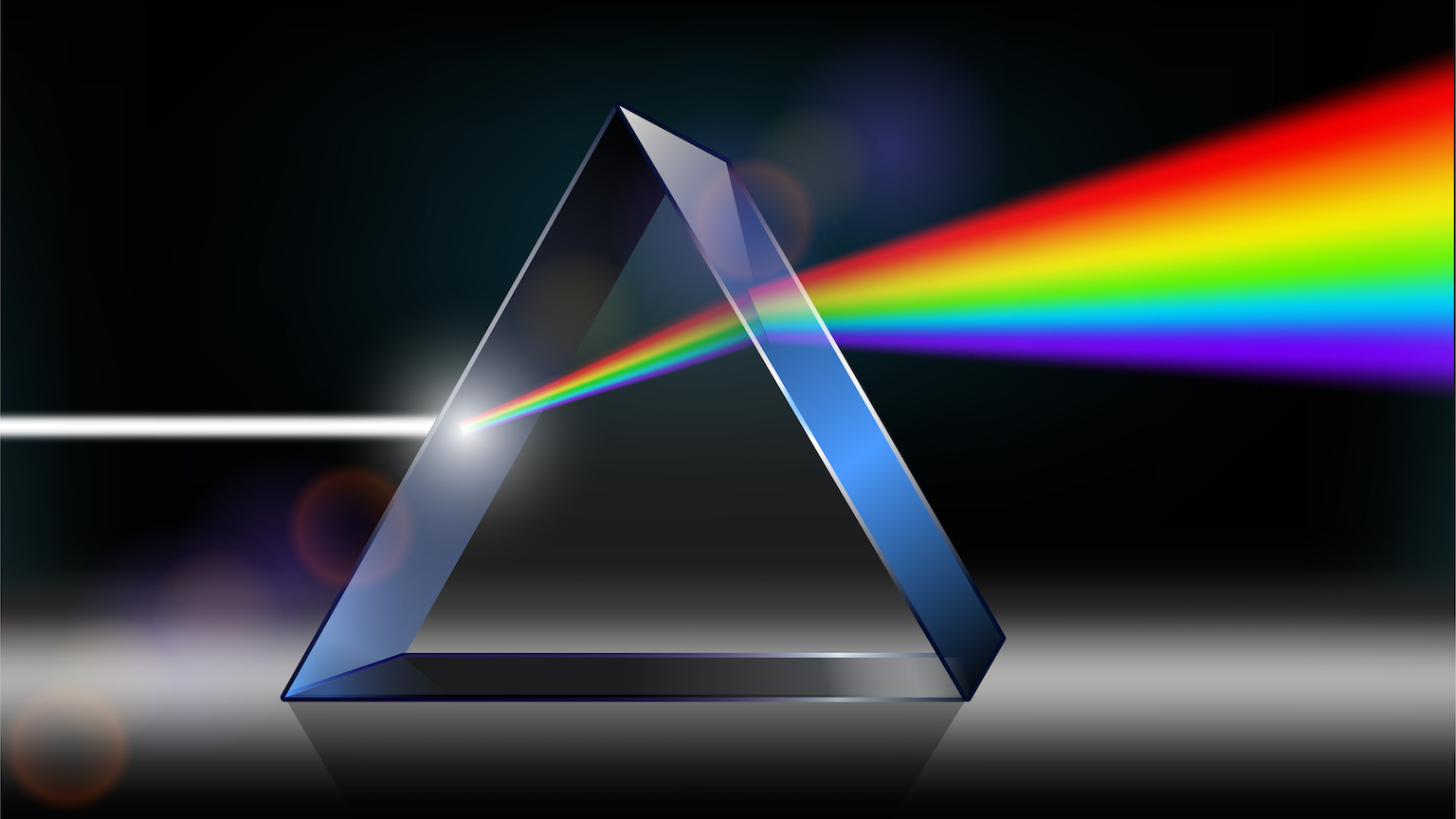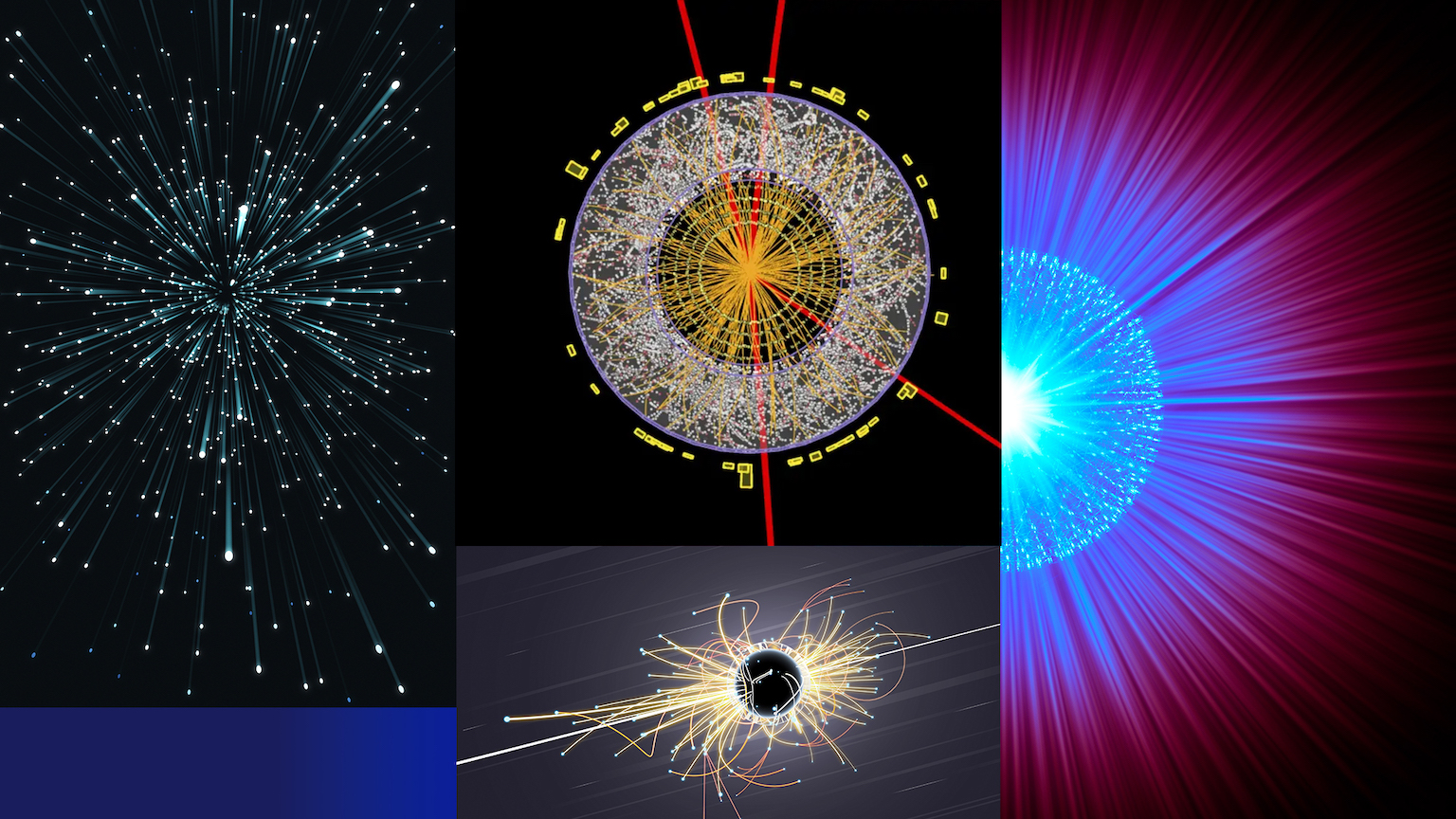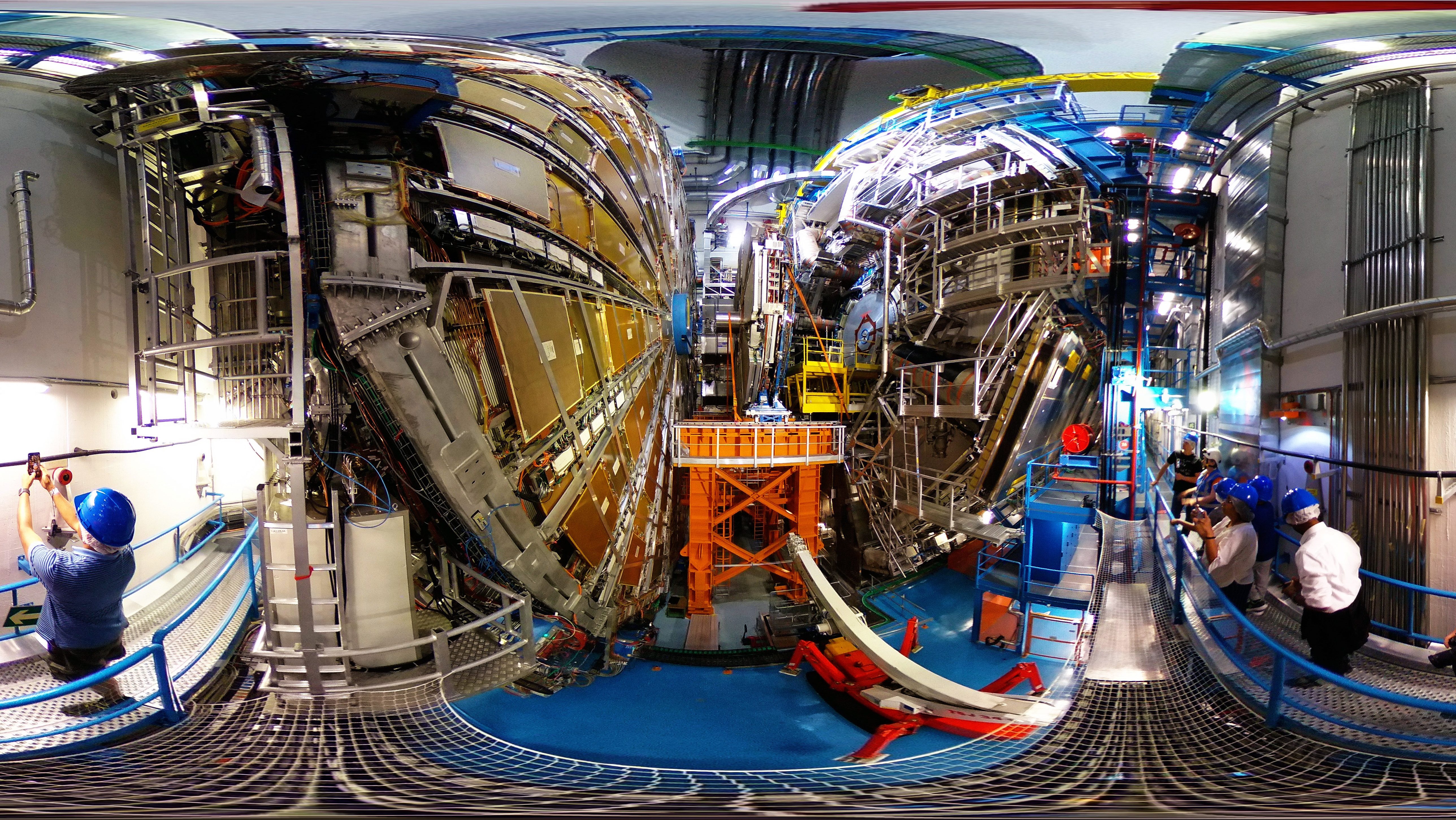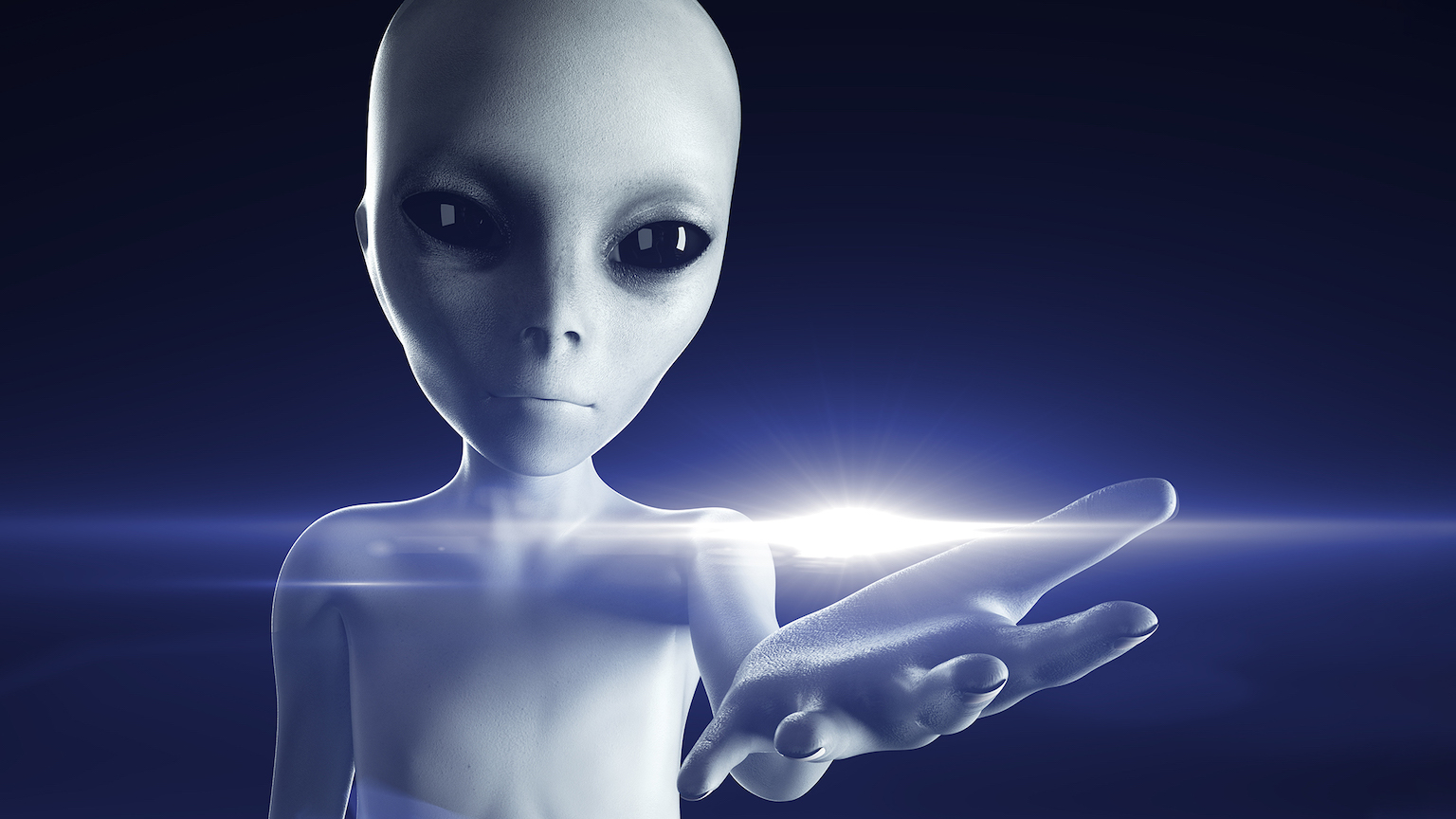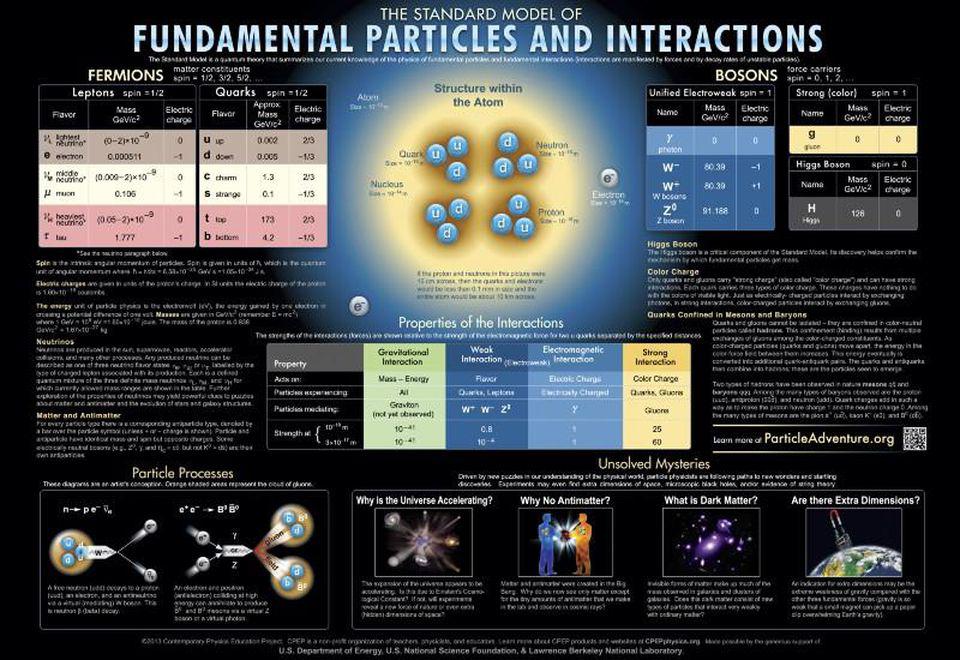particle physics
Smashing things together at unprecedented energies sounds dangerous. But it’s nothing the Universe hasn’t already seen, and survived.
Humans who’ve lived through the same events often remember them differently. Could quantum physics be responsible?
Do the laws of physics place a hard limit on how far technology can advance, or can we re-write those laws?
Equations that describe time travel are fully compatible and consistent with relativity — but physics is not mathematics.
The Standard Model may or may not be in trouble, but particle physics definitely needs saving. Here’s what the new LHC can do.
Could we finally detect the elusive Unruh effect?
Extremely precise atomic clocks are not just of theoretical interest; they could help detect impending volcanic eruptions or melting glaciers.
Every timekeeping device works via a version of a pendulum — even the atomic clocks that are accurate to nanoseconds.
Realism in science cannot be completely unmoored from human experience. Otherwise, realism ends up tortured with unreal paradoxes.
At very high and very low temperatures, matter takes on properties that open up an entire Universe of remarkable new possibilities.
How efficiently could quantum engines operate?
Fermilab’s TeVatron just released the best mass measurement of the W-boson, ever. Here’s what doesn’t add up.
The relationship between these two ways of thinking about the world deserves deeper exploration.
The James Webb Space Telescope could help scientists learn about the cosmic dark ages and how they ended.
Astronomers used supercomputers and an international network of antennas to create the stunning map.
We cannot deduce laws about a higher level of complexity by starting with a lower level of complexity. Here, reductionism meets a brick wall.
The rhetorical fallout is greater than the radioactive fallout.
More than any other of Einstein’s equations, E = mc² is the most recognizable to people. But what does it all mean?
“When molecules misbehave, it can lead to great insight.”
Life is possible because of asymmetries, such as an imbalance between matter and antimatter and the “handedness” (chirality) of molecules.
If the electromagnetic and weak forces unify to make the electroweak force, maybe, at even higher energies, something even greater happens?
The ten greatest ideas in science form the bedrock of modern biology, chemistry, and physics. Everyone should be familiar with them.
The Universe has asymmetries, but that’s a good thing. Imperfections are essential for the existence of stars and even life itself.
Why power generated through nuclear fusion will be the future, but not the present, solution to humanity’s energy needs.
The laws of physics obey certain symmetries and defy others. It’s theoretically tempting to add new ones, but reality doesn’t agree.
Some U.S. intelligence operatives have suggested foreign adversaries may be using “directed-energy” weapons against Americans.
At a fundamental level, nobody knows whether gravity is truly quantum in nature. A novel experiment strongly hints that it is.
New technology is helping physicists move forward in the search for the Theory of Everything.
In movies and TV shows, aliens look like pointy-eared humans. Is this realistic? If evolution is predictable, then it very well might be.
Particle physics needs a new collider to supersede the Large Hadron Collider. Muons, not electrons or protons, might hold the key.
